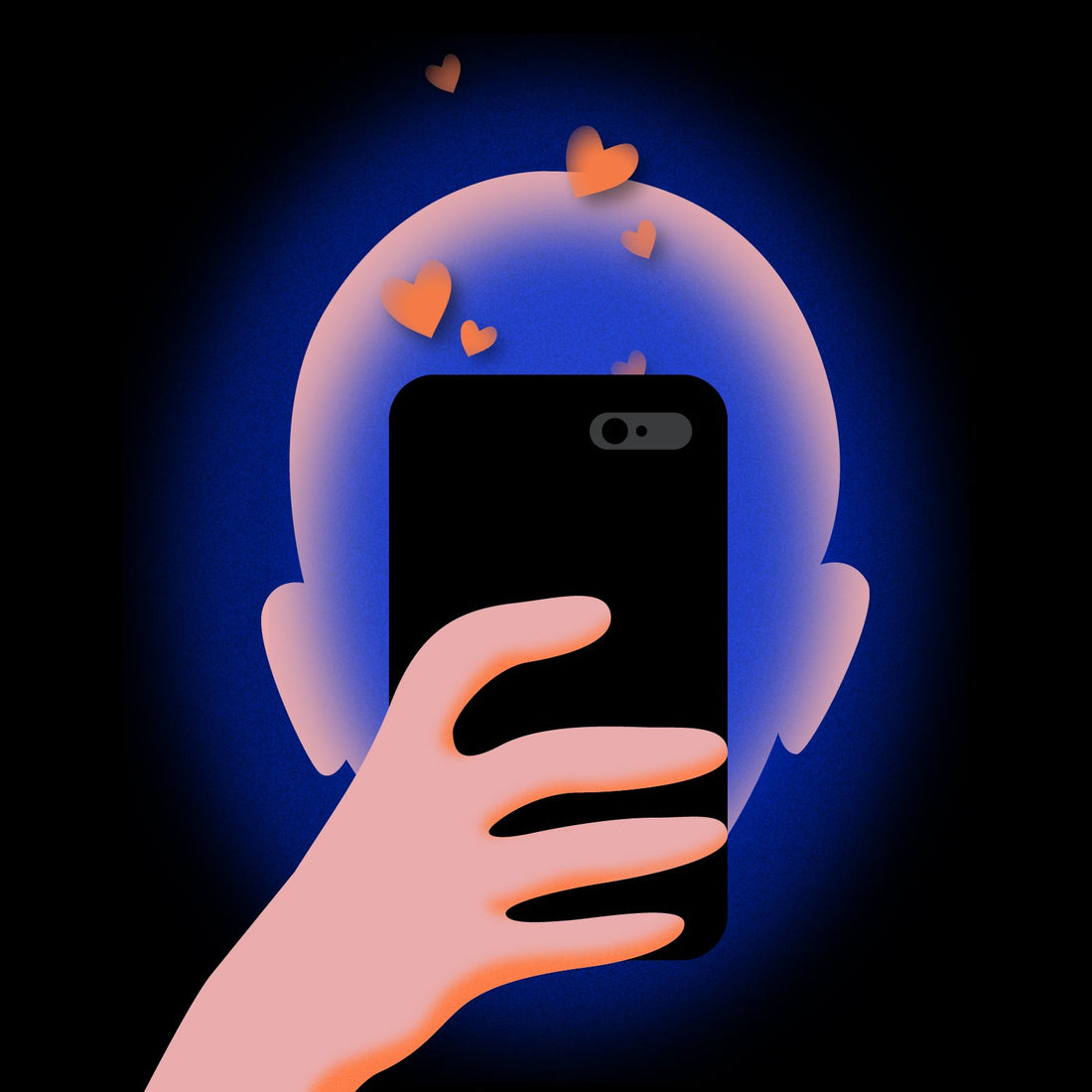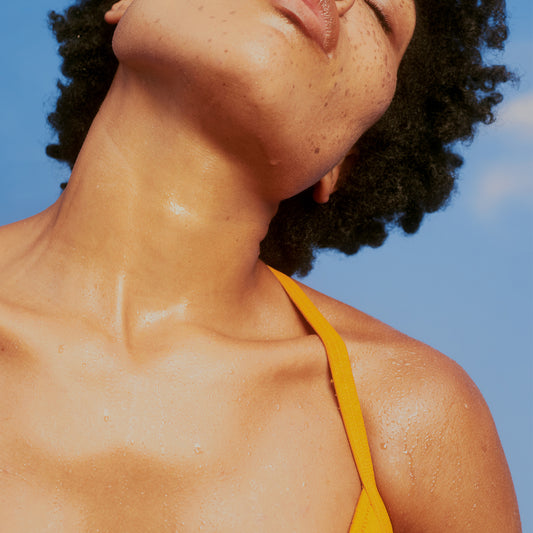What are the benefits of a head massage?
We carry stress in many different parts of our bodies. Imagine how you feel at the end of a full-body massage, how your muscles feel less tense. Even at the end of a quick shoulder massage from a partner, we just feel a little looser. The day might even feel easier. Just like with any muscles in your body, the muscles in your scalp can tense in times of stress. One of the biggest muscles, the temporalis muscle, runs behind your ear, around your head, and to the back. During times of high stress, you may find yourself clenching your jaw or squeezing your shoulders. Without realizing it, you may also be holding your temporalis tightly. When this muscle becomes overworked and tired, you may feel symptoms of a tension headache or migraine, but the pain also doesn’t stop at the head. It can also spread to your neck and shoulders.Massaging these muscles can help with overall stress relief, making the body healthier.One 2016 study on female office workers showed that stress hormones were lowered through 15 and 25-minute head massages conducted twice per week for 10 weeks. The subjects also had lower blood pressure and heart rates. High blood pressure can cause an increased risk for many health complications, including heart attacks, stroke, and dementia. An elevated heart rate is not always a cause for concern, but some forms of tachycardia, the medical term for when your heart rate increases to over 100 beats per minute, may result in serious health problems like heart failure. Lowering stress can help prevent these complications from developing. Stress relief is just one of the benefits of a head massage. But those who are more concerned about hair loss also may experience some relief by trying a massage regimen. It may sound like an old wives’ tale that massaging the scalp can help stimulate hair growth, but a 2016 study revealed that four minutes of a standardized scalp massage every day for 24 weeks could result in increased thickness in hair. While you may not get a luscious mane after one day of doing a quick head massage, introducing a regimen of a daily scalp massage may cause thicker hair. As with any massage, you’re increasing blood flow. In the case of a head massage, that blood flow brings oxygen and other nutrients to the scalp, which help promote hair growth. When you carry too much stress in your scalp, that blood flow gets restricted. It’s also worth considering the benefits of massage overall. Massage has been linked to better immune system functionality, defending the body from disease. You may also find yourself sleeping better thanks to a daily massage regimen, as was discovered by a 2015 study that saw caregivers of cancer patients undergo a 15-minute daily back massage. But one of the biggest benefits of a head massage specifically is that it’s one of the few types of massages where you don’t require the help of another person.




















































